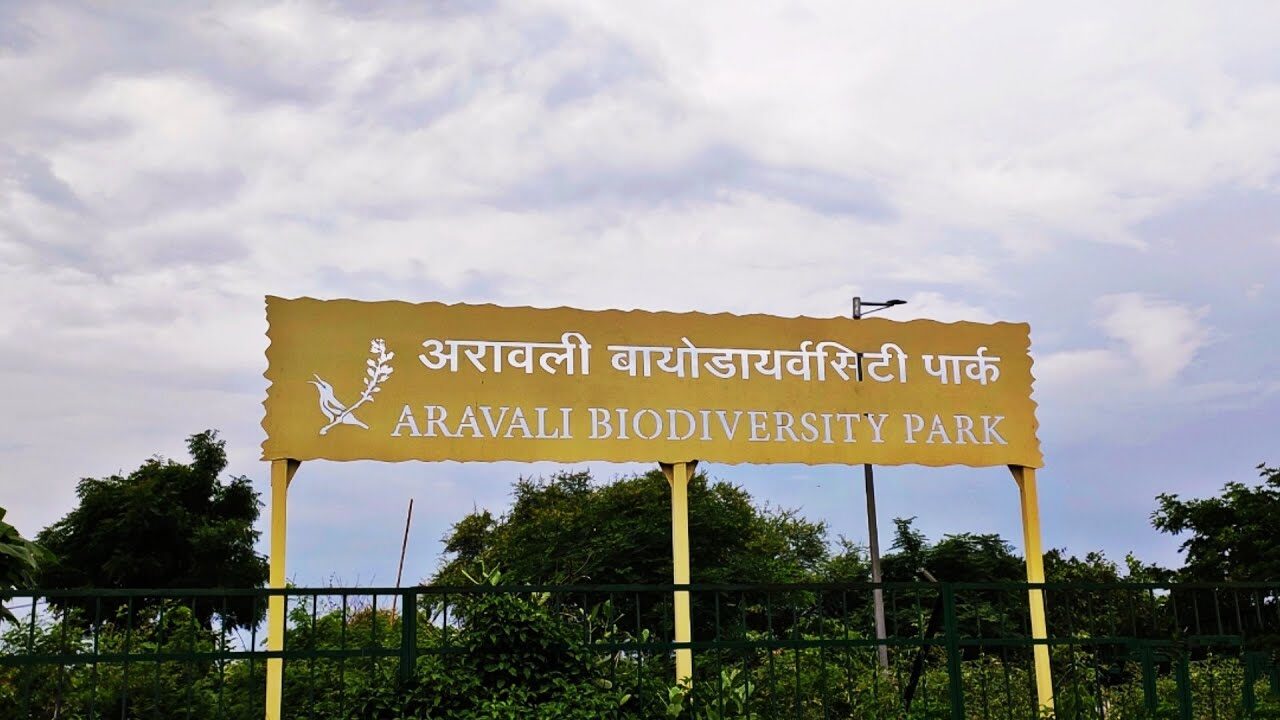
GURUGRAM: The Aravalli Biodiversity Park, Gurugram has been accorded the distinction of becoming India’s first Other Effective area-based Conservation Measures (OECM) site, which is a feather in the Government of Haryana’s crown. For the uninitiated, OECM is a designation given to regions with high biodiversity for successful in-situ biodiversity conservation outside of protected areas such as National Parks and Sanctuaries.
The park’s curator, Vijay Dhasmana, spoke to Asianet Newsable about the feat. He said that the 380-acre property was once a mining and stone-crushing operation site, but that all operations were ceased after the Supreme Court of India issued a ban in 2004. In 2010, the Municipal Corporation Gurugram took up the repair in conjunction with ‘I Am Gurgaon’. He went on to say that the park’s vision was not to be a collection of trees or birds but to represent new brains, new ideas, and offer exposure to youth. Because Haryana is rapidly losing most of these flora to development and encroachment, the park has become a little sanctuary for endangered and unusual plants of the Northern Aravali hills.
He went on to say that this park features the best flora in the Northern Aravalli region, including Indian frankincense, Dhok, Dhak, and much more. With the goal of showcasing the forest flora, over 300 types of natural plants (trees, shrubs, herbs, climbers, grasses) have been planted in the park. The plants’ seeds were collected from various locations on a year-by-year basis, germinated in a nursery, and over 50 schools, individuals from corporations, and people from all around the city got together to plant them and make the park what it is today. The International Union for Conservation of Nature (IUCN) was tasked with assessing the biodiversity of the Aravali Biodiversity Park, as well as the impact of works, according to Dhasmana.

